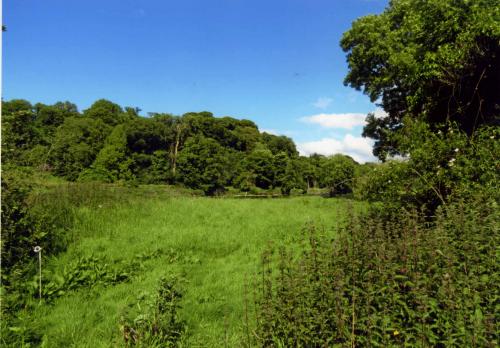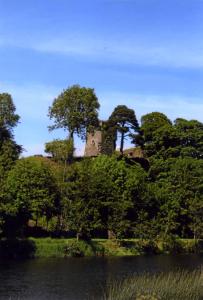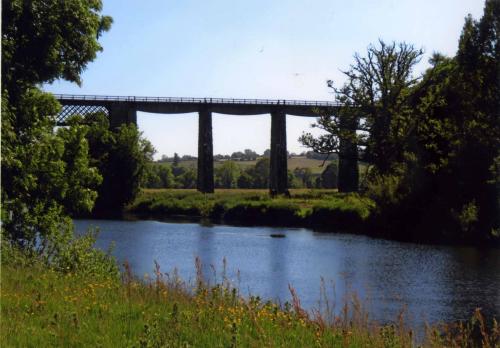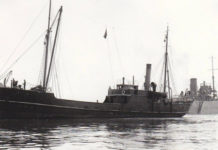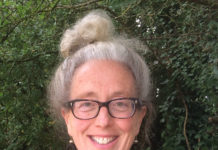By Jim Lysaght
The Sally Island is about a mile downstream from Fermoy bridge, you can walk there from the stile at the bend of the road at Carrigabrick, a well worn path will take you to the bank of the river.
An old wood stands here overlooking the river which is quiet deep at this point, and much favoured by both coarse and salmon anglers. The walk will lead you on a path strewn by pungent-smelling wild garlic and elder trees, now at their finest with their creamy-white blossoms, later they will put out purple black berries.
It was early afternoon as I walked along there, dragonflies and damselflies were busy darting amongst the foliage by the river bank, in the bright sunlight their colours of blue and green would inspire an artist or a poet. They are superb fliers, beautiful creatures, born from eggs laid in the water inside the stems of aquatic plants.
They have, as adults, the ability to turn and twist in flight and even to reverse, they are much too fast and mobile for the other water creatures they prey on. They are known as the Devil’s Darning Needle, and they are also sometimes called the horse stinger, but in fact they do not have a sting and never bite humans. However, like most creatures of the natural world, they too are preyed on, sometimes by birds of prey such as peregrine falcons.
Further along the path you will walk under the viaduct, known to generations of Fermoy people as The Red Bridge, which featured strongly in one of the key scenes of the 1966 film, The Blue Max. About four years ago I had the pleasure of meeting Derek Piggott at the viaduct, he was the pilot who flew under one of the arches of the bridge in a small World War One replica plane.
The viaduct was the way down to the Sally Island for people from the north side of the town, the river along here was much favoured for swimming and fishing. Today the Sally Island has a lush growth of willow trees, and it is from the Latin name for these trees, Sallix, that the Sally Island gets its name.
For many centuries the willow has been associated with sadness by poets such as Thackeray and Wilfrid Gibson, the latter wrote of it; ‘Over the pond, the seven willows shiver, And in the gloomy mist shine their branches, rustle and glance and quiver’.
Yet, in the Bible, the willow has its place in festivals of rejoicing, as in Leviticus; ‘And ye shall take you on the first day the boughs of goodly trees, branches of palm trees, and the boughs of thick trees, and willows of the brook, and ye shall rejoice before the Lord your God seven days’.
Across from the Sally Island, on a massive limestone rock stands Licklash House, known locally as Isleclash House, once the residence of Sir Oswald Mosley. Downstream from here is the ruined castle of the Condons, in the book, The Blackwater in Munster by J.R. O’Flanagan, it is stated that the Licklash Estate was granted by patent to Henry Headley, this patent also included the lands of Downing and Ballyvoluck on the Funcheon.
The news that the ‘red bridge’ will possibly be opened to make a new walkway to see all these beautiful places from, is very heartening indeed. The walk to the Sally Island is a treasure, unchanged for many years, it has many memories for Fermoy people, and long may it continue so.


